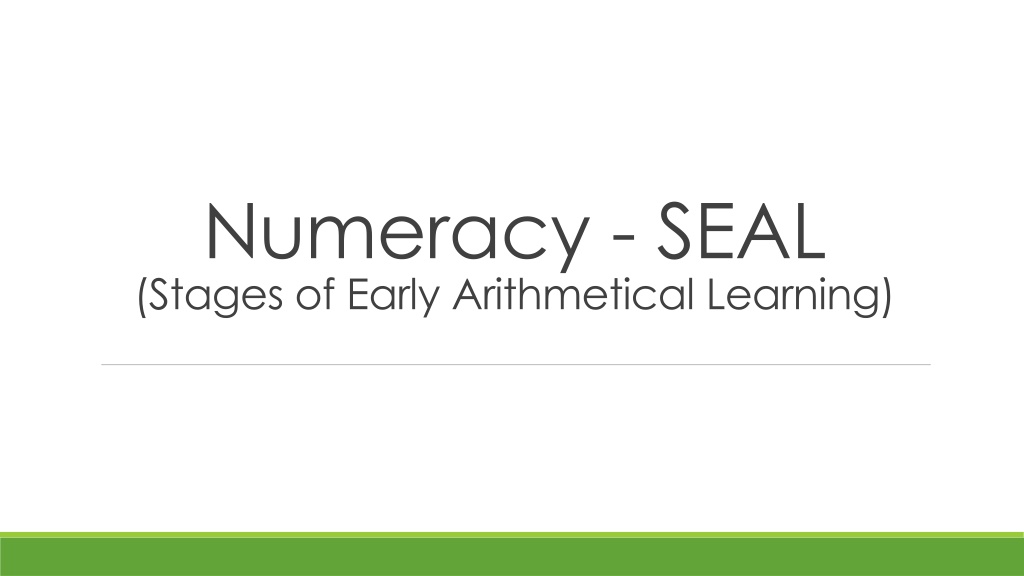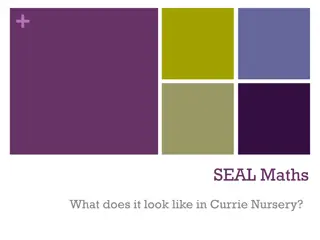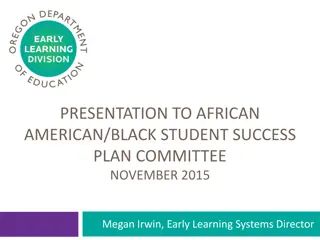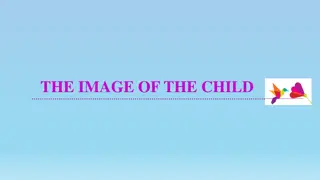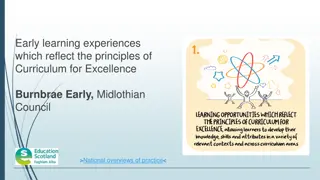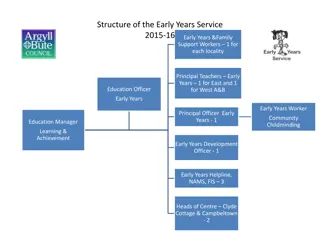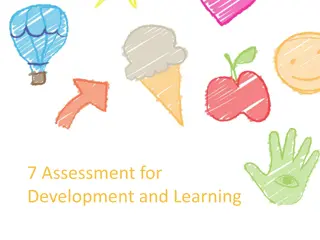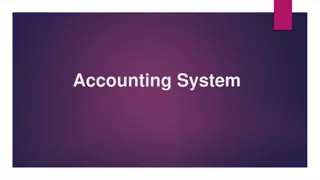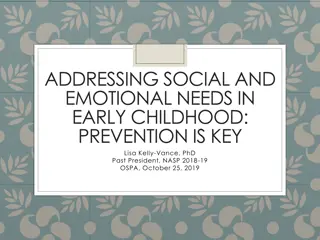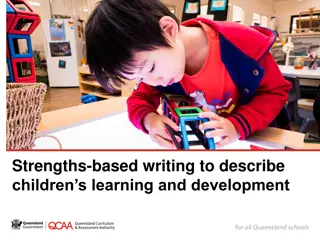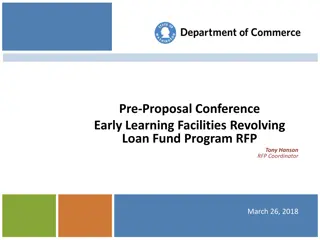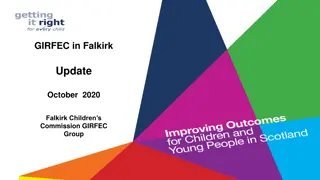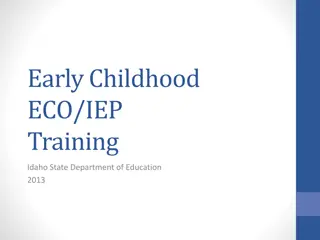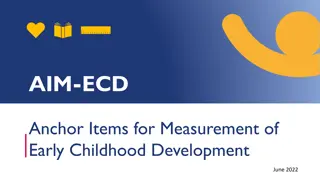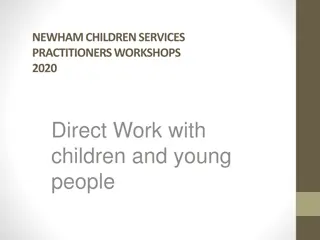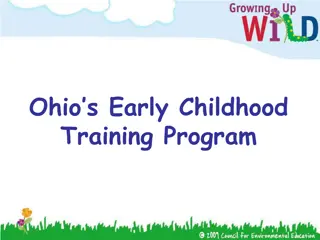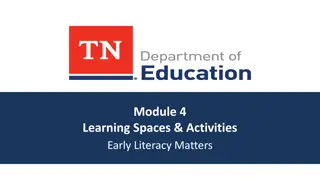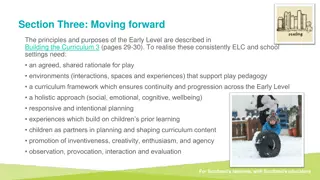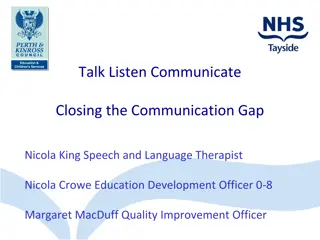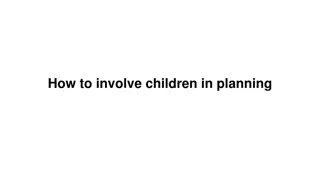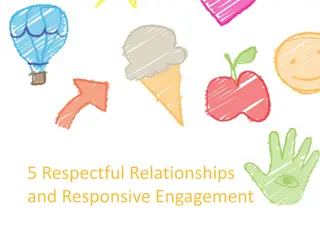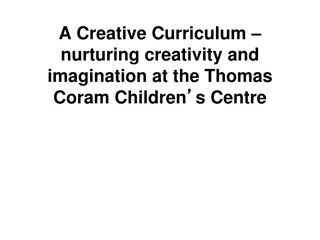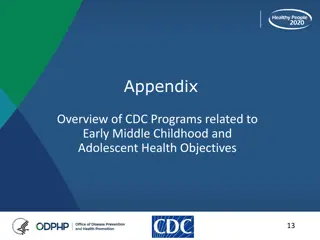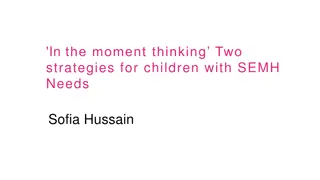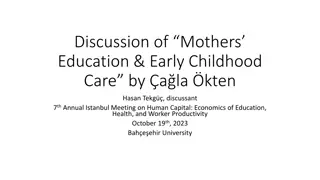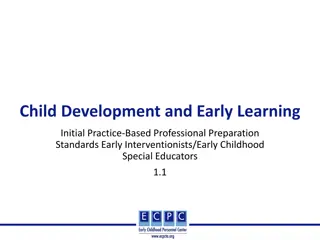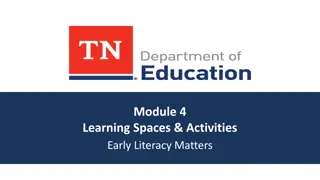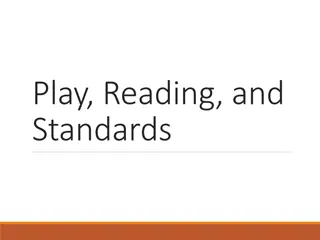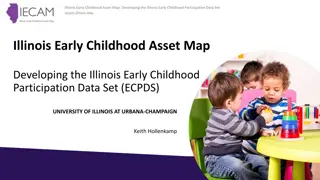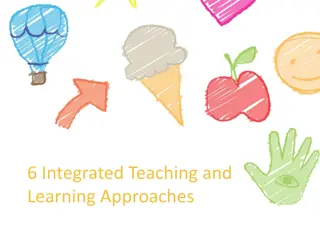Early Arithmetical Learning Strategies for Children
Numeracy SEAL introduces various strategies for children in early arithmetical learning, starting with concrete items and gradually moving to more abstract techniques. The program focuses on teaching children readily available strategies to solve mathematical problems effectively while encouraging them to share and learn from each other.
Download Presentation

Please find below an Image/Link to download the presentation.
The content on the website is provided AS IS for your information and personal use only. It may not be sold, licensed, or shared on other websites without obtaining consent from the author. Download presentation by click this link. If you encounter any issues during the download, it is possible that the publisher has removed the file from their server.
E N D
Presentation Transcript
Numeracy - SEAL (Stages of Early Arithmetical Learning)
An example An example 6+5 = 11 6+5 = 11 o Concrete items o Count from 1 o Count on from 6 o Jump strategy (6+4+1) o Double strategy All strategies vary in sophistication; SEAL aims to gradually teach children readily available strategies to select for problems like these.
SEAL : Numeracy Scheme SEAL : Numeracy Scheme reduces any gaps in children s understanding of numeracy introduces children to progressively more sophisticated techniques to use when solving mathematical problems starts with visual and concrete items before introducing abstract techniques emphasis on asking children about the strategies they use, this allows them to choose the most effective one for them and also to learn from others in the class (provides an opportunity for you to check their understanding)
SEAL : Lesson Organisation SEAL : Lesson Organisation 1. 2. Whole class introduction Differentiated groups circulate: one group with me, one with a PSA, one completing an independent task Whole class plenary; summarise learning 3. tasks differentiated to suit the needs of learners
Emergent Children Emergent Children attempt to count to 20 begin to learn number words and recognise numerals begin to associate number words with a number of items we help children say forward and backwards number word sequences and identify number before and after encourage counting items in different ways show children how to sequence numbers introduce children to different ways of representing numbers: finger patterns, spatial patterns, temporal patterns discuss their strategies
Perceptual Children Perceptual Children can count percieved items begin to create perceptual replacements for abstact problems help children say forward and backwards number word sequences and number before and after to 30 encourage adding two collections: introduce screening describe spatial patterns/represent finger patterns in different ways moving towards abstract representation help children group/share items (division) takeaway on their fingers provide opportunities to talk about strategies
Figurative Children Figurative Children counting and representing items to 100 can add two unseen collections begin to solve more sophisticated problems (missing number and takeaway sums) encourage adding two collections in different ways introduce children into counting on strategies provide opportunities to talk about and share their strategies
SEAL : Active Learning SEAL : Active Learning programme provides lots of opportunities for active learning: children really enjoy it! hands on activities, I aim to make numeracy learning as fun and as engaging as possible examples of resources are out on the tables feel free to have a look around and ask me any questions!
